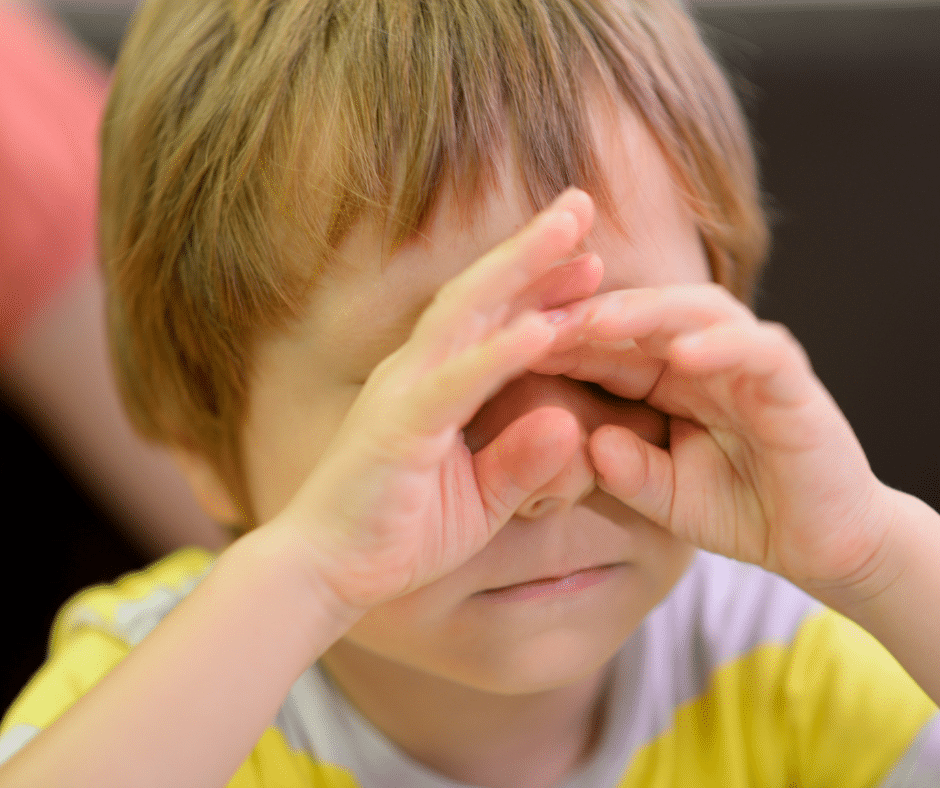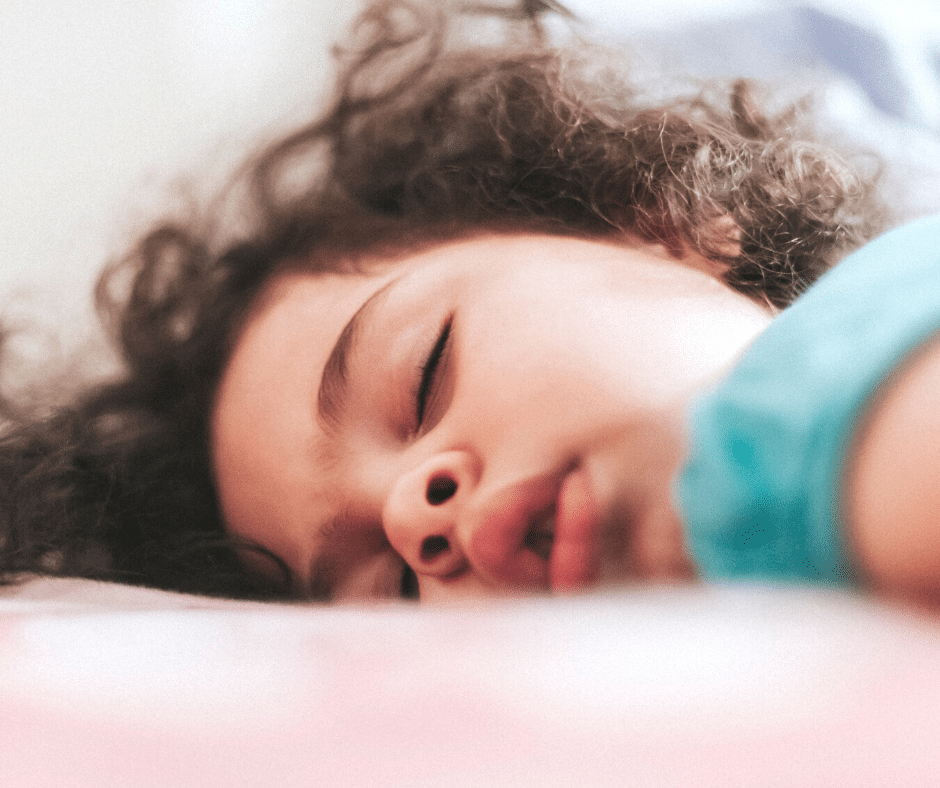Sleep apnea is a sleep disorder that causes your breathing to be constantly interrupted throughout the night usually due to an obstruction in the airway. The most common type of sleep disorder is obstructive sleep apnea. Many people with diagnosed sleep disorders may not even be aware that their sleep is being interrupted at night.
Obstructive sleep apnea (OSA) is estimated to affect between 2-9% of adults in the United States. Many cases are believed to be undiagnosed. This affects men more than women but can increase in women who are postmenopausal. Approximately 10% of children snore regularly and about 2-4% of children experience obstructive sleep apnea. Mild sleep-disordered breathing (SDB) or snoring may cause many of the same problems as obstructive sleep apnea in children.

There are differences in obstructive sleep apnea between adults and children. Adults will typically have daytime sleepiness whereas children are more likely to have behavioral problems. One of the main causes in adult sleep apnea is often obesity but in children the most common cause is enlarged tonsils and adenoids.
So what exactly is pediatric sleep-disordered breathing? It is breathing difficulties during sleep. It can range from frequent loud snoring to obstructive sleep apnea where part or all of the airway is blocked repeatedly during sleep. A child’s body will react to the airway obstruction just like it does in an adult. The brain is aroused when there is an increase in the heart rate or blood pressure or when it is sensing a delay or stopping of breathing.
What causes pediatric sleep-disordered breathing? One of the common physical causes of airway narrowing in children is enlarged tonsils and adenoids. Children who are overweight are also at increased risk because fat deposits around the neck and throat can also narrow the airway. Either of these causes can contribute to sleep-disordered breathing. Children with abnormalities involving the lower jaw or tongue, or children with neuromuscular deficits such as cerebral palsy may also have a higher risk of developing sleep-disordered breathing.
What are the symptoms of pediatric sleep-disordered breathing?
- Snoring is the most obvious symptom and it can interrupt breathing or cause gasping and snorting noises if the airway becomes obstructed. Snoring is not always present in pediatric patients with obstructive sleep apnea.
- Irritability may be due to daytime sleepiness, having difficulty concentrating in school or displaying busy or hyperactive behavior.
- Bedwetting may be caused from increased urine production at night because of the sleep-disordered breathing.
- Learning difficulties can lead to the child being moody and disruptive or not paying attention, both in school and at home. It can also be a contributing factor to attention deficit disorders.
- Slow growth could lead to poor weight gain or result in abnormal development because children with sleep-disordered breathing may not produce enough growth hormone.
- Cardiovascular difficulties can be associated with an increased high risk of high blood pressure or other heart and lung problems.
- Obesity in children may be contributed to daytime fatigue which could lead to decreased physical activity.
Early diagnosis and treatment for pediatric sleep-disorder breathing is important to prevent complications that can affect the children’s growth, cognitive development and behavior.
Studies have suggested that as many as 25% of children diagnosed with attention-deficit hyperactivity disorder (ADHD) may actually have symptoms of obstructive sleep apnea and that much of their learning difficulty and behavior problems can be the consequence of chronic fragmented sleep.

What are the treatment options for pediatric sleep-disorder breathing?
Generally the first line of treatment for children will be an evaluation of the tonsils and adenoids, especially if there are significant symptoms and swelling in the throat. Enlarged tonsils and adenoids are a common cause of pediatric sleep-disordered breathing issues and generally surgical removal of the tonsils and adenoids will treat a majority of these issues in children.
If children still experience persistent sleep-disordered breathing symptoms following surgery then an in-lab sleep study may be necessary. Children with increased risk factors such as persistent apnea, obesity, craniofacial anomalies or neuromuscular problems should also be evaluated with a formal sleep study.
Additional treatment such as weight loss or the use of a positive pressure mask device (continuous positive airway pressure, or CPAP) may be needed to assist in keeping the airway open during sleep.
If your child is experiencing any of these signs or symptoms it would be beneficial to discuss this with their Primary Care Provider.
To learn more about Sleep Studies at Windom Area Health, Click Here or call 507-831-0647 to speak to our Respiratory Therapist. In addition, there is also an Epworth Sleepiness Scale questionnaire for your convenience on our Sleep Studies page to test daytime sleepiness, which can be an indicator of potential sleep issues.
By Rhonda Wahl, Respiratory Therapist
